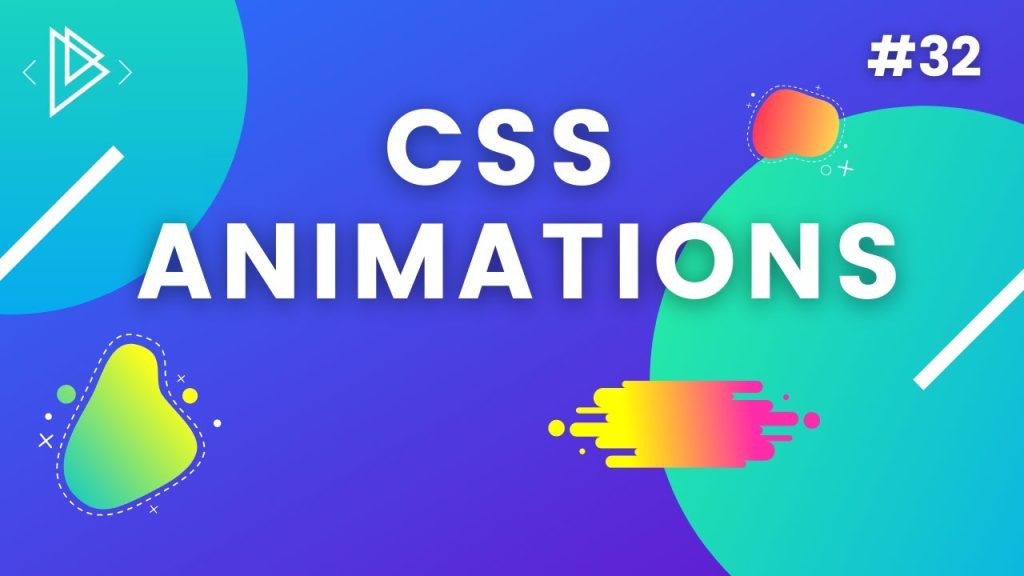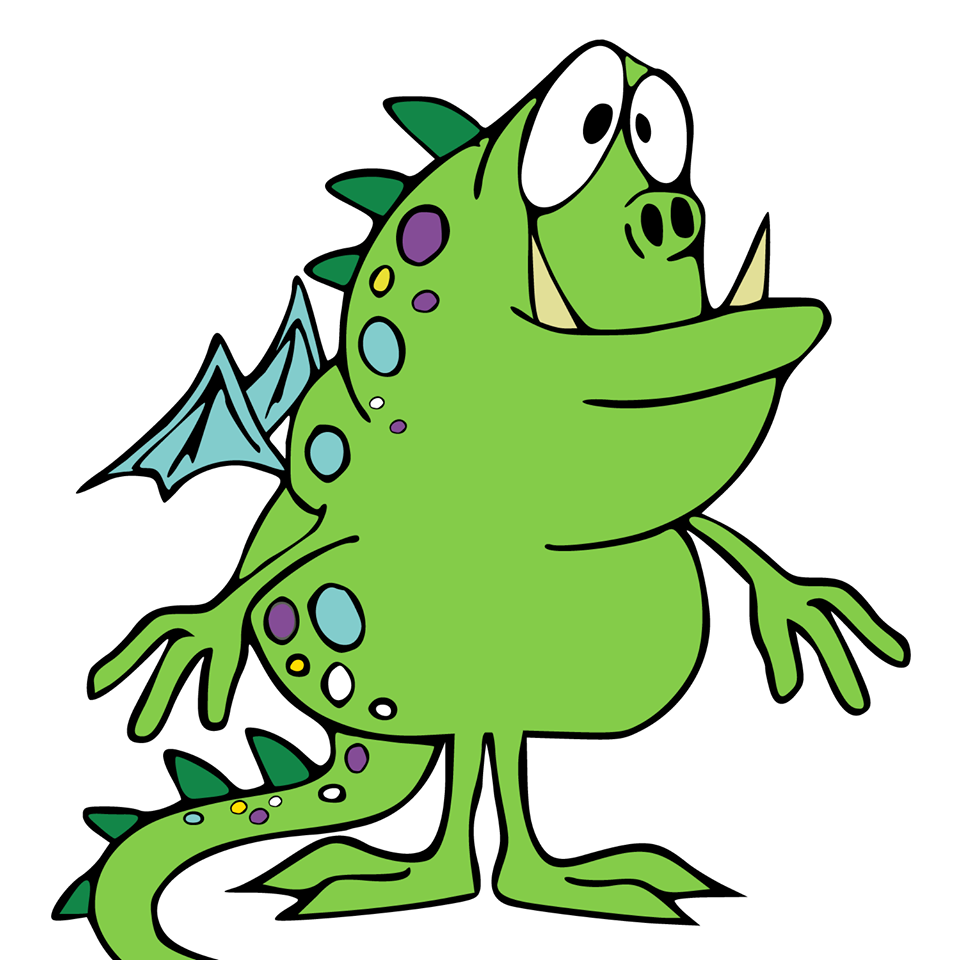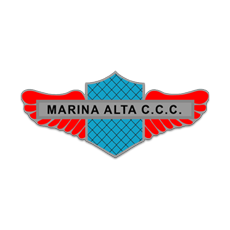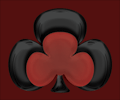CSS animations are a powerful tool for web designers looking to create dynamic and engaging user experiences. By utilizing various CSS animation techniques, you can easily transform elements on the page, achieving effects like movement, rotation, and scaling without the need for complex scripting. These animations enhance the visual appeal of a site, providing intuitive transitions and interactive elements that keep visitors engaged. Understanding the parent-child relationship in CSS can further simplify your animation projects, allowing you to animate entire groups of elements efficiently. With examples like rotating circles or sliding squares, CSS transition effects can be implemented seamlessly, making your designs not only aesthetic but also functional.
In the realm of web design, dynamic visual effects play an essential role in enhancing user interfaces. Leveraging innovative animation capabilities intrinsic to CSS, designers can effortlessly create intricate movement and transitions that captivate users. By focusing on the hierarchical structure of HTML elements—commonly seen through the parent-child relationship—developers can orchestrate complex animations while keeping code succinct and manageable. This method enables players of the design game to produce stunning visual results using CSS transform rules, argumentative animation scenarios, and practical CSS transition characteristics. Engaging user experiences are just a few well-crafted styles away!

Understanding the Parent-Child Relationship in CSS
CSS animations offer a unique way to manipulate elements based on their relationship with their parents. By recognizing how changes to a parent element can impact its child elements, developers can create fluid and engaging animations without the need for extensive coding. For instance, altering the dimensions of a parent container will inherently affect its contained children, allowing for dynamic movement and positioning with minimal effort.
The concept of anchor positioning becomes particularly useful here. By focusing on a parent element, such as a
Creating Circle Animations Using Parent Transformations
Imagine a scenario where we need to animate several circles moving toward each other. Utilizing a
The advantage of animating the parent
Implementing JavaScript for Dynamic Animations
To bring our animations to life, we introduce JavaScript. By defining a function that adds an .animate class to the
The core concept here is that, while it seems like we are animating multiple circles, we are fundamentally transforming the parent container. With each interaction, the children dynamically reposition themselves, demonstrating the practical power of leveraging CSS parent-child relationships in animation.
Exploring Additional Animation Techniques with Squares
Building on our circle animation, we can introduce squares to play with more distortion effects. By applying transformations like skew and rotate to the parent
For instance, skewing the parent element while skewing the squares in the opposite direction allows for a captivating visual effect, creating an animated interaction that feels highly dynamic. This technique is an example of how balancing transformations between parent and child elements can open a multitude of creative possibilities.
Implementing counteractions in Animation
Further extending these concepts, imagine we want our squares to separate without flipping upside down. By skewing the parent in one direction and countering that with the children’s opposite skew, we can achieve a more controlled and elegant animation. Here again, the parenting relationship allows for adjustments that lead to interesting outcomes without requiring complex individual animations for each child.
This approach emphasizes the beauty and efficiency of CSS animations. By understanding that transformations applied to a parent can be elegantly balanced by appropriately skimming the angles of child elements, developers can create stunning animations with relatively simple code.
Scaling Transformations for Enhanced Effects
When scaling is introduced, the dynamics of parent-child relationships become even more fascinating. By manipulating the scale of a parent element, along with other transformations like rotations and skews, we produce visually compelling animations. The children can then react to these transformations, creating a unified effect where their proportional dimensions adjust to maintain the overall aesthetic.
For example, if we scale down the parent element while skewing it, the children can negate the parent’s skew while scaling horizontally, morphing into a new geometric form. This pooling of transformations allows for creative flexibility, achieving elaborate visual effects from foundational CSS properties.
Leveraging
for Interactive Animations
A creative way to engage users with animations is through the use of
to activate animations upon toggling open or closed, developers can create an interactive experience that showcases the animations effectively. Each click reveals a new configuration of animation, underscoring the versatility of this coding structure.
This interactivity not only makes the animations more dynamic, but also serves as an excellent demonstration of how the relationships between parent and child elements can be used to develop engaging user experiences. By adjusting properties based on user input, we underscore the potential for parent-child relationships in CSS to produce remarkable and responsive designs.
The Advantages of Efficient Animation Techniques
As we navigate the depths of CSS animations, one key takeaway emerges: the efficiency that can be achieved by carefully structuring our markup. By focusing on how parent elements can inherently govern their children, we streamline the animation process, leading to cleaner code and more responsive designs.
Through these techniques, developers can cultivate a more profound understanding of CSS capabilities, resulting in visually stunning animations that engage users without overwhelming code complexity. This strategic approach to animations not only saves time but elevates the overall quality of web experiences.
Final Thoughts on CSS Animation Strategies
In conclusion, the power of CSS animations lies significantly within the capabilities of parent-child relationships. Recognizing how parent transformations can directly influence their children opens a new frontier for creativity and efficiency.
As developers build on these principles, they can explore endless combinations of animations that not only delight users but also simplify their coding efforts, bridging the gap between complexity and simplicity in animation design. This approach ensures that animations are not only effective but also accessible to a wider range of designs and interfaces.

Conclusion: Simplifying CSS Animations by Leveraging Parent-Child Relationships
In conclusion, the potential of CSS animations can be significantly enhanced by understanding the dynamic between parent and child elements. By focusing on animating the parent container, developers can simplify complex animations and achieve more dynamic and fluid interactions with less code. By utilizing methods such as absolute positioning and strategic transformations, we can create visually engaging animations without the burden of managing multiple animations for each child element. This approach not only streamlines the coding process but also presents performance benefits, as fewer animations and computations enhance efficiency.
Key takeaways from leveraging parent-child relationships in CSS animations include:
– **Less Complexity**: Animating a parent element reduces the need for intricate animations on each child, making code easier to manage.
– **Enhanced Fluidity**: Transformations applied to the parent can create natural movements for child elements, resulting in smoother transitions.
– **Greater Flexibility**: The ability to layer simple animations in children while manipulating the parent allows for creative animations that maintain visual coherence.
Conclusion: Exploring Creative Animation Combinations
Furthermore, the creative possibilities unlocked by manipulating parent elements are virtually endless. As we experiment with various transformations, such as skewing, scaling, and rotating, we can achieve impressive visual effects that might otherwise seem daunting. This strategic leverage of the parent-child relationship not only enriches the user experience but also allows for the creation of unique animations with a minimal amount of CSS, paving the way for innovative design solutions.
In summary, embracing the parent-child animation technique in CSS brings forth several advantages:
– **Innovative Designs**: By creatively manipulating parent elements, designers can develop engaging animations that draw the user’s attention.
– **Consistency in Animation**: The ability for child elements to counteract or enhance the transformations of the parent ensures integrated and cohesive animations.
– **Efficient Resource Utilization**: Writing less code with a focus on parent elements drives efficiency in development and improves website performance.















